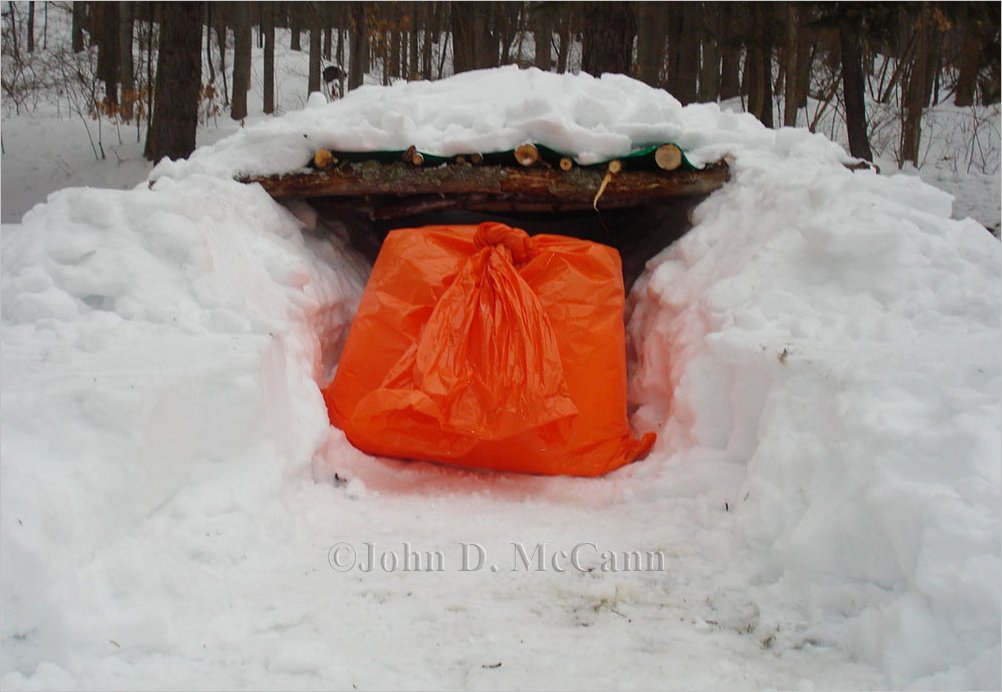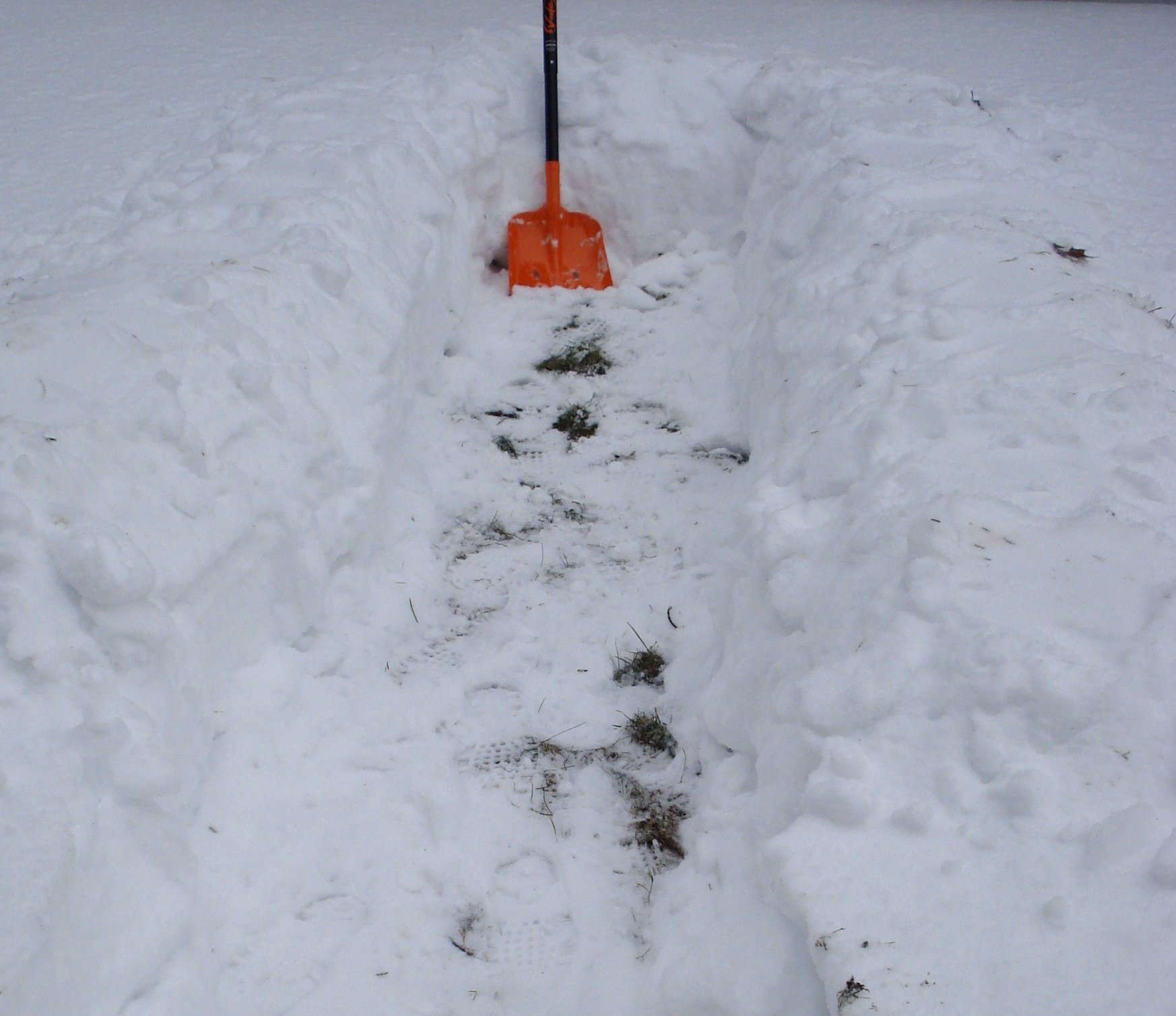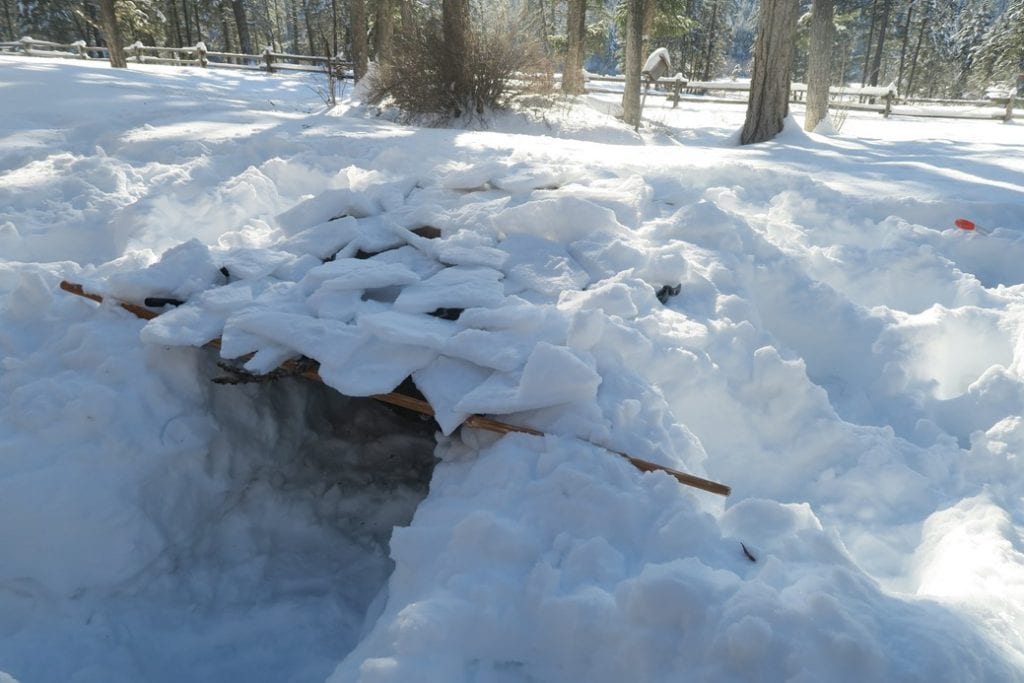Sensational Info About How To Build A Snow Trench

Find a flat sheltered spot for your shelter.
How to build a snow trench. Firstly stamp out a flat platform for the tent, levelling it with a snow shovel. This is a cold weather sleeping shelter used for a. About press copyright contact us creators advertise developers terms privacy policy.
Snow isn’t stable and can both soften and sink and harden and become lumpy. Here i teach my son how to make a snow shelter, even with just two inches of snow fall. How to build a canadian snow trench shelter.
A snow trench is a simple snow shelter that involves digging a trench in the snow and covering it with a tarp or a piece of fabric. Building the fastest winter bushcraft shelter. Ground is a lot warmer than.
It's similar to an igloo or quinzee but shaped differently. This video explains how to build a snow trench shelter for survival situations. The trench on its own protects you from.
A blizzard is coming in and you're out there in the wilderness snow camping. Then excavate a horizontal tunnel two feet from the bottom of the trench that's two feet longer and two. A trench dug out of the snow.
I've made use of my avalanche shovel. Choose where you want your entrance and what direction you want to lie. They're exactly what they sound like:
One option is to build an emergency snow trench shelter. You need to quickly build some sort of shelter to protect. I practice my winter survival skills by building a snow trench shelter.
Start by digging a trench downward, about five feet deep. Dig a trench that’s six or seven feet long, two feet wide, and about three feet deep. This type of shelter can be constructed quickly and easily, providing protection from the wind and snow.
Snow trenches are the simplest type of snow shelter. Make a snow trench shelter. Dig a three foot hole where you want your entrance to be.
For a snow cave, your location will be determined by where snow depth and snow consistency is best. To build a snow trench shelter, you will need the following tools: Don't go too close to trees or big rocks since blowing snow tends to accumulate around them.












